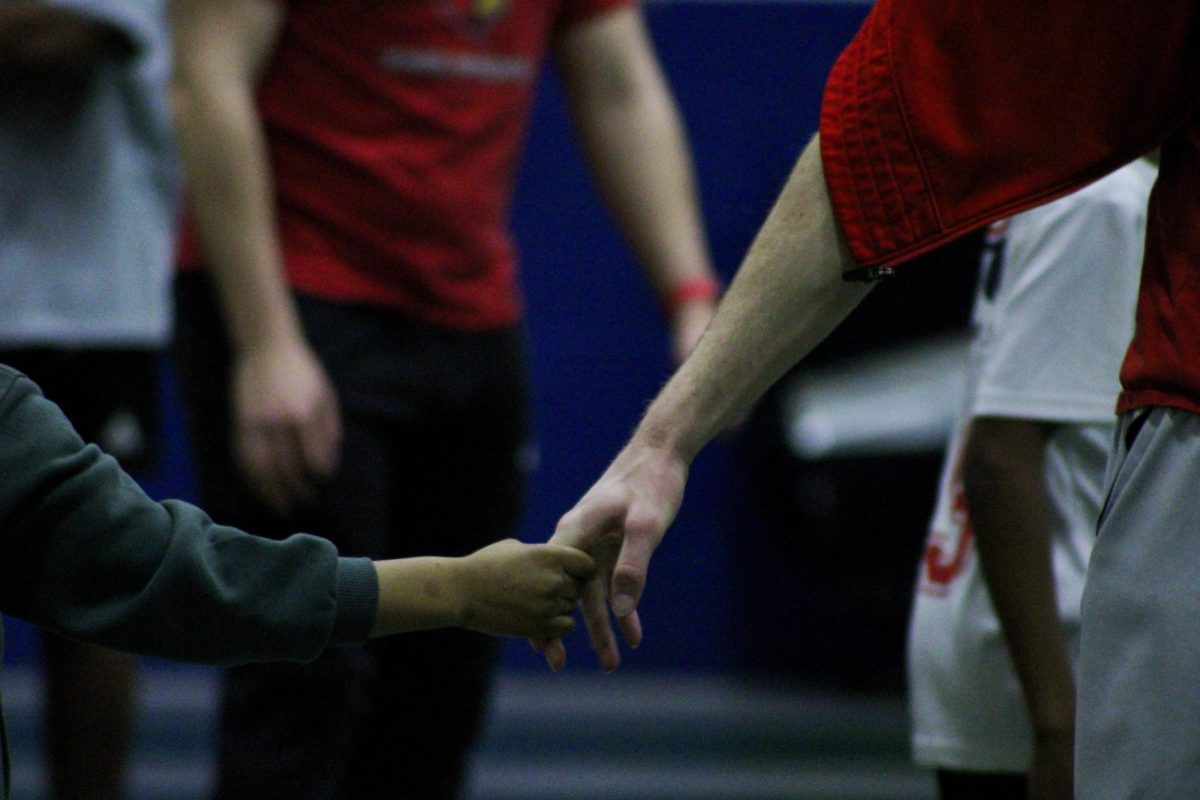Chronic absenteeism has become one of the most prevalent problems facing schools nationwide in the aftermath of the COVID-19 pandemic. Kentucky schools are no different. Pre pandemic, one in six students were chronically absent in Kentucky, about 17%. However, in the 2022-23 school year, that number jumped to 30%.
“It’s not unusual in terms of what we were seeing nationally and even internationally,” Florence Chang said, “It is still very much a concern, however, to see such a huge jump.” Chang is an Education Program Consultant within the Division of Student Success and Office of Continuous Improvement & Support at the Kentucky Department of Education.
In the state, chronic absenteeism is defined as missing 10% of time at school, includes both excused and unexcused absences, and is calculated to the minute. This is roughly equivalent to missing two days of school per month.
During the 2024 Kentucky legislative session the state general assembly passed House Bill 611, a new law that requires school districts to report any student with 15 or more unexcused absences to the local County Attorney’s office.
County Attorney for Jefferson County, Mike O’Connell says he hopes HB 611 and the work of his office will help combat the rising rates of chronic absenteeism.
“It’s sort of stunning statewide, the percentage of counties that have seen chronic absenteeism,” he said, “The numbers and what’s going on scream that there needs to be real focus and attention to this problem.”
To comply with HB 611 JCPS sends a list twice a month to the County Attorney’s Office (JCAO) of students who have reached the 15 unexcused absences threshold. O’Connell and his team made the decision to send out letters to the families of students in grades K-5 on that list. They believe elementary school students most need the support of a parent to get to school.
“We wanted to make a proactive step of reaching out to parents with the hope of trying to better understand what was going on in these instances,” Erin White, the Director of the Criminal Division at JCAO said.
In the first semester of the 2024-25 school year the office said they sent out around 50 letters. In addition to the letters, JCPS and the Department of Pupil Personnel work with families to overcome any barriers that may inhibit a child from being able to attend school whether that be transportation, clothing, medical services or more.
Subsection (c) of KRS 530.070, Unlawful Transaction with a Minor in the Third Degree, allows for the prosecution of an individual who “knowingly induces, assists or causes a minor to become a habitual truant.” However, O’Connell and his team stress that prosecution is never their main objective when sending out the letters to chronically absent families.
“I’m not one that wants to put notches in his gun handle prosecuting people. That’s not my deal,” O’Connell said.
While prosecution is a drastic step in eliminating habitual nonattendance, many students and parents have varying reasons for their absenteeism.
“Either I didn’t want to come to school, it’s cold, or my mom didn’t feel like taking me,” LJ Gildon (11, YPAS) said.
Gildon has accumulated 8 absences this school year, along with his 20 last year.
But let it be known that most students are aware of their absences and how they can negatively impact their education.
“This affected my ability to learn through, just not having the material ready on hand and not having a teacher explanation like in the moment to understand the material. So, this really inhibited my ability to just understand what was going on [in class],” Autumn Claxton (11, MST) said.
Claxton missed 9 days of school this past semester for being sick and having various doctors appointments.
Only a handful of students have accumulated a high amount of absences at Manual, which has the best attendance out of all JCPS high schools.
“Our chronic absenteeism was as low as 10% last year and the next school has 24% chronic absenteeism,” Virginia Horsley, the Attendance Clerk for Manual, said.
Horsley aims to keep this ranking and continue Manual’s reputation for consistent attendance.
“I’m adamant about attendance being good for our school. We have a great record and I want us to be able to keep it,” Horsley said.
Along with Horsley, the new Allied Health teacher Taylour Champion, encourages her students to be independent and take action to not only avoid absences, but to stay proactive when absent.
“I have an agenda that I have in the Google Classroom that all students have access to at all times. I try to teach my kids independence as you guys are preparing for college and beyond,” Champion said. “It is super important that when you miss school or you miss work or you miss anything that you are able to check in and find what it is that you missed and not put that responsibility on someone else to keep track of the information or the classes that you missed.”
Although this is a great way to keep students on track, students still miss valuable lessons.
“When I have several students that miss that initial class day, they’re very behind on that skills lesson the following day also, because our lessons are building on each other. It’s a lot of work for me and for that student. So having to come up with an alternate assignment that still provides the students with that same learning is sometimes difficult and I’m not sure, equivalent” Champion said.
Adding to the list of those affected by chronic absenteeism are classmates. Rhonda Nett (English) believes group work is severely impacted by consistent nonattendance.
“If it’s a paired situation, my answer would be to give them [the chronically absent student] someone who has demonstrated the same amount of commitment or to make them the third person in a group so that another person is not unduly penalized because someone else is not pulling their weight,” Nett said.
Not only is the distribution of group work unfairly given, the high school experience is also sacrificed.
“I wonder what else you’re doing at home, is that gonna be worthwhile in order to sort of make up for the missed opportunities?” Nett said, “It sort of weakens relationships with peers and with teachers.”
The issue of chronic absenteeism extends far beyond any one school, district or even state. Teachers, classmates and local leaders are all still learning the best ways to help students and combat the problem. Back at the County Attorney’s Office, White expresses a sentiment most can agree with.
“It’s these kids’ right to an education and we’re just hoping to help them get to receive that,” she said.


















